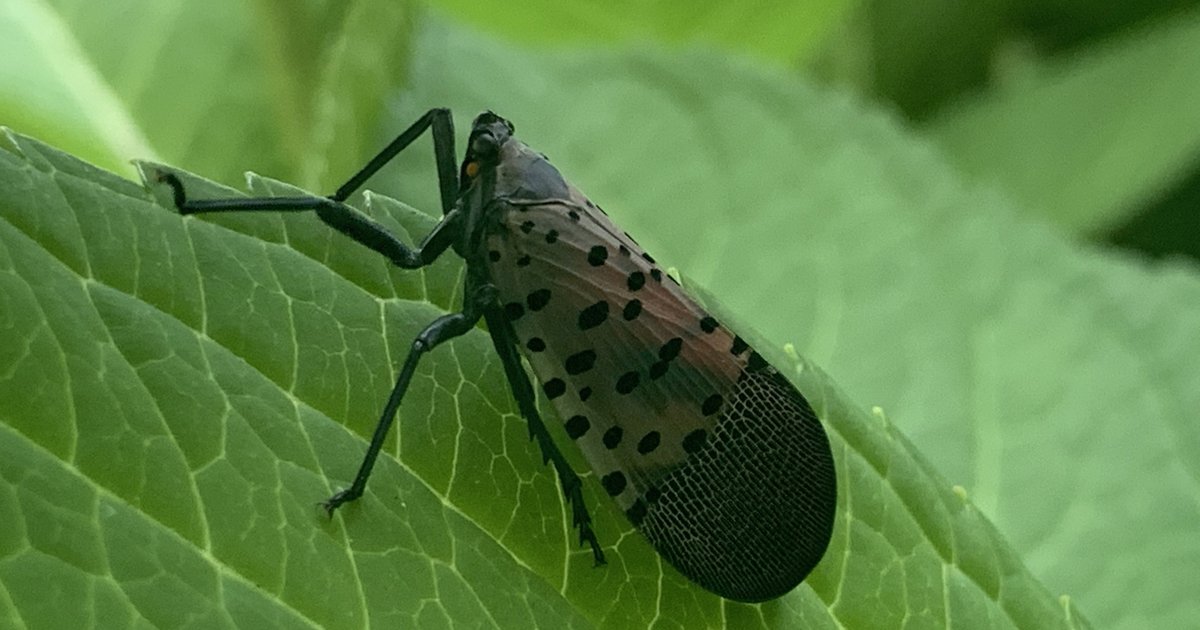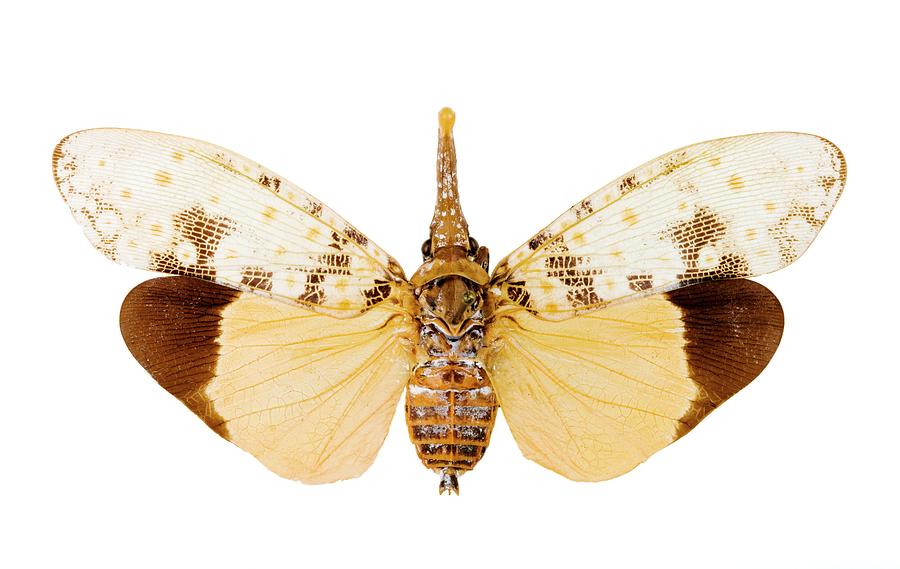

Nymphs are actually very dangerous towards plants as they walk up and down the plant to eat. The remaining adult population doesn’t survive the cold winter.

Lanternfly eggs are easy to spot and have a sticky coating to protect them and keep them glued to various objects.Įggs will remain throughout the winter and hatch next spring. They can lay eggs from summer to early winter.
#Lantern fly full#
After that, they’ll mate as now they’re a full adult.Īfter mating, they’ll lay eggs again and they cycle continues. Then they change to red with black spots in the final instar molt. When they’re first born, they have no wings and are often confused with baby stink bugs– as they have a very similar appearance.Īs they mature, they’ll start to form white spots with a black abdomen. The typical lanternfly becomes an adult in just 4 months. Eggs will hatch from May to June, and the newly-hatched lanternflies (nymphs) will cycle through 4 instars before reaching full maturity in July. Lanternflies have a basic lifecycle and can go through their entire life in just a year.īreeding season is during the warmer months when summer is just about to start (May). They have a straightforward life cycle that allows them to breed quickly and rapidly. However, this doesn’t mean they can’t fly- they’re just not good at it. However, their flight capabilities are very poor and they typically jump from plant to plant rather than fly. Or they may simply just be annoying to deal with in the yard. They can also damage your home by leaving a trail of residue. So, that means they can’t really harm you (directly).īut they can damage your foliage, plants, and trees. They’re also not known to carry or transmit diseases to humans. No, lanternflies don’t bite or sting humans. This makes it very easy for the pest to migrate all over the US and is one of the reasons why they’ve become so prevalent. The female lanternfly lays her eggs on pretty much any surface- including trees, leaves, homes, outdoor equipment, and even your car! The pest can easily spread and migrate to neighboring states. They’re a highly invasive species originating from China and was the first round in southern PA. They have a striking combination of colors and almost look like miniature butterflies. The Spotted Lanternfly is the most popular species of lanternfly. Lanternflies come in a variety of colors, but they’re all the same- pests! ( Bernard DUPONT, CC BY-SA 2.0.)

There are many common names for the lanternfly. However, if you really want to reduce their population or protect your fruit trees, there are a few things you can do. Getting rid of lanternflies isn’t easy either because of their large numbers. If you’re the outdoorsy person and you’ve been in a lanternfly swarm, you probably know exactly what I’m talking about. Lanternflies appears in huge numbers and often disturb and annoy homeowners. They also leave behind a trail of black markings along the bark that they feed on. This is destructive because they’ll literally leave a bunch of gaping wounds all over the tree.

These annoying bugs typically will eat fruit trees by eating the sap produced by the tree. The spotted lanternfly has been considered as an invasive species that are common in southern Pennsylvania. Read the Spotted Lanternfly Management for Homeowners Guide before deciding on a course of action.Lanternflies show up usually in swarms- learn how you can get rid of them naturally ( Renjusplace, CC BY-SA 3.0). Property owners who have these types of trees can choose to remove and/or treat these trees to help manage these pests. The "tree of heaven" is the favorite host of the Spotted lanternfly. Visit the Penn State Extension’s Spotted lanternfly website for the most up-to-date information. Other types of insects can also cause this type of mold so it is important to properly identify the cause of the mold as prevention varies depending on the pest.īecome informed about SLF. The mold is harmless to people but can kill trees and ornamental plants. They can also make a mess in your yard by excreting a sticky substance that causes the growth of black sooty mold. They do not sting or bite, but they can be very destructive to many crops, trees and plants. The Spottled Lanternfly is not harmful to humans.


 0 kommentar(er)
0 kommentar(er)
